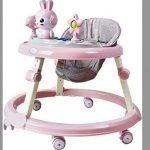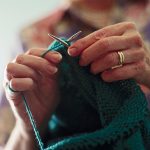
The weight room is becoming an increasingly dangerous place for folks trying to get into shape, a new study discovers. Head and facial injuries related to weightlifting have increased sharply during the past decade for both men and women, researchers found. Between 2013 and 2022, the annual rate of exercise- and weightlifting-related head and facial injuries increased by nearly 33%, according to their recent report in The Journal of Craniofacial Surgery. Most injuries occurred in men, who accounted for nearly 56% of face and head wounds. However, the increase in cases of injury was nearly twice as high in women than in men, 45% versus 24%. For the study, researchers analyzed injury data compiled by the U.S. Consumer Product Safety Commission, reviewing nearly 583,000 such injuries that occurred during the 10-year period. Prior studies of injuries related to exercise and weightlifting have focused on other parts of the body like the limbs or lower back, researchers said, neglecting injuries that can occur to the face and head. “Ego lifting” is likely behind at least part of the increase observed in men, said the research team led by Rohan Mangal, a medical student with at the University of Miami. Those men get hurt because they feel pressured to exercise or lift weights beyond their capacity, the researchers speculated. This is most likely true for 15- to… read on > read on >


















